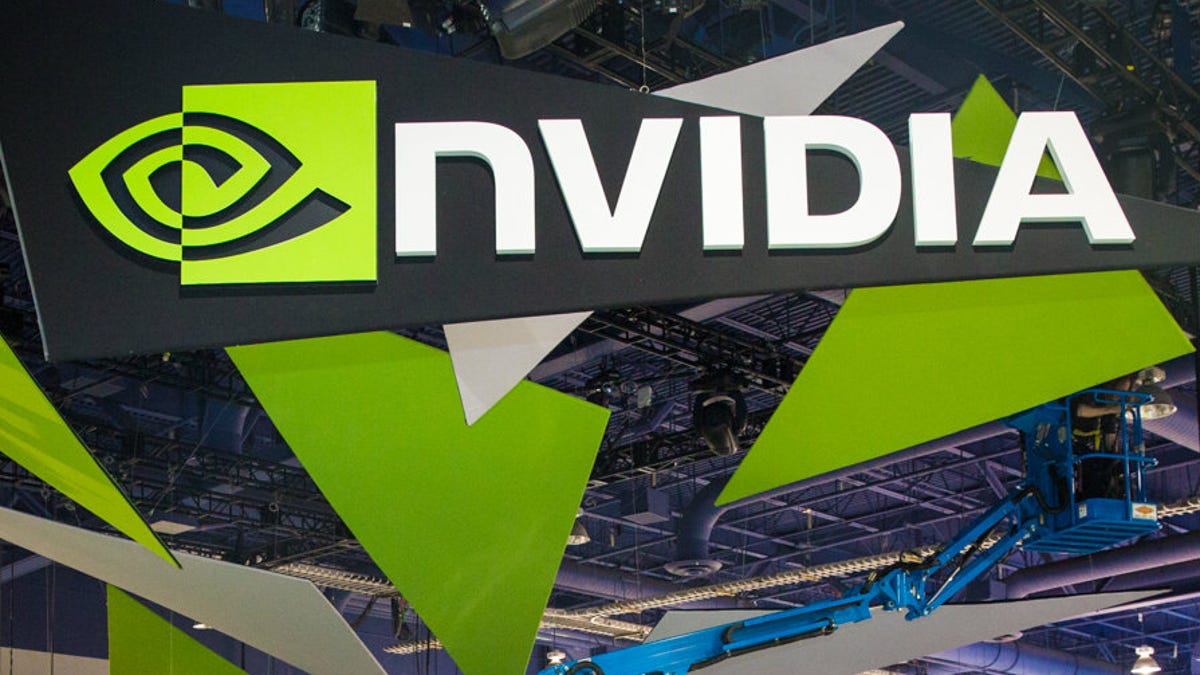PCs sales may suck, but people still are buying Nvidia GPUs
The company reported better-than-expected fiscal fourth-quarter earnings and revenue as graphics chip sales climbed.

The Santa Clara, Calif., graphics chipmaker on Wednesday posted fiscal fourth-quarter revenue and earnings that were better than analysts had expected. Nvidia also projected revenue of about $1.05 billion in the current period, higher than the $1 billion Wall Street anticipates.
A big reason for its better-than-anticipated results was strong sales of high-end graphics processors to PC gamers.
"Quarterly revenue came in well above our outlook, driven by PC gaming, capping an outstanding year for our GPU business," CEO Jen-Hsun Huang said in a press release.
Huang told CNET that Nvidia's GPU business is more closely correlated to major trends in the gaming market as opposed to what's happening in the PC industry.
"More young people are growing up and can afford to play games," he said. "More countries are getting into it...And production value is going up...We're benefiting from that."
The company reported that its GPU revenue totaled $947 million, up 14 percent from the year-earlier period. Graphics sales were particularly strong for desktop PCs, the company said, with its GeForce GTX GPU sales jumping nearly 50 percent. Notebook GPU sales declined slightly, in line with the overall market decline for notebooks.
Nvidia is traditionally known for making graphics processing units, or GPUs, found in computers and game consoles, but that business faces an uncertain future as the PC market struggles. Last year, PC shipments posted their worst-ever drop of 10 percent, according to Gartner. In the fourth quarter alone, PC shipments slid 6.9 percent year over year.
Nvidia has been counting on its Tegra mobile chips to help offset weakness in its core PC market, but so far it hasn't been enough. Its presence in smartphones has been minimal, and it also has been losing share in tablets to rival Qualcomm.
Tegra benefited from strong demand in the automotive sector during the fourth quarter. Sales rose about 18 percent sequentially, but the revenue of $131 million was still down 37 percent from the same period a year ago. Nvidia said the Tegra business declined because of weaker volumes of Tegra 4 versus volumes of Tegra 3 last year.
Huang said Nvidia's mobile business should benefit from the launch of its new K1 processor, first shown at the Consumer Electronics Show last month. The company also should get a boost from the use of Tegra in more cars, tablets, and other items, he said.
"Mobile is more than phones," Huang said during a conference call with analysts.
While the company's results were better than expected in the period that ended January 26, its net income posted a 16 percent drop to $146.9 million, or 25 cents a share. A year ago, Nvidia's net income totaled $173.97 million, or 28 cents a share. Analysts had expected earnings of 18 cents.
Revenue, meanwhile, rose 3.4 percent to $1.14 billion. Nvidia in November had projected sales of $1.05 billion, plus or minus 2 percent.
Updated at 3:35 p.m. PT: with comments from CEO.

